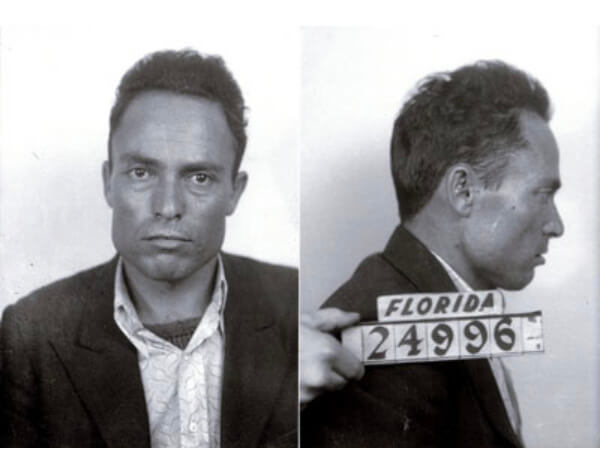
It’s tough for the modern mind to appreciate how bad the Great Depression actually was. It’s not that Americans did without cell phones, the latest sneakers, or Netflix, American citizens back then knew true hunger. Those that had work did OK. However, there wasn’t a great deal of work to be had. If you didn’t work, you just went hungry. In 1933 the national unemployment rate hit 24.9%. By contrast, on the heels of the worst planetary pandemic in a century US unemployment hovers around 6% today. We really have no idea.
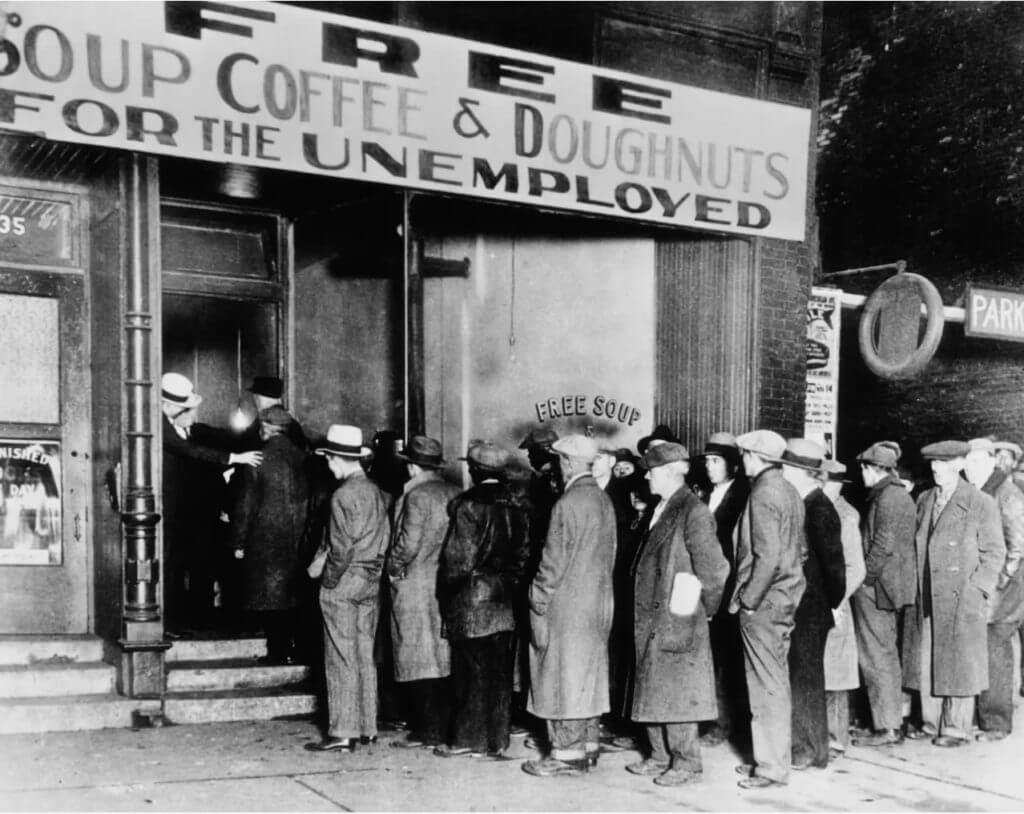
These extraordinary economic trials catalyzed a series of watershed changes to the very fabric of our great republic. In the guise of battling the Great Depression and organized crime, President Franklin Roosevelt undertook unprecedented social reforms. The consolidation of power with the central government, the manipulation of the sundry branches to further his agenda, and the country’s first solid taste of gun control all arose under FDR’s leadership.
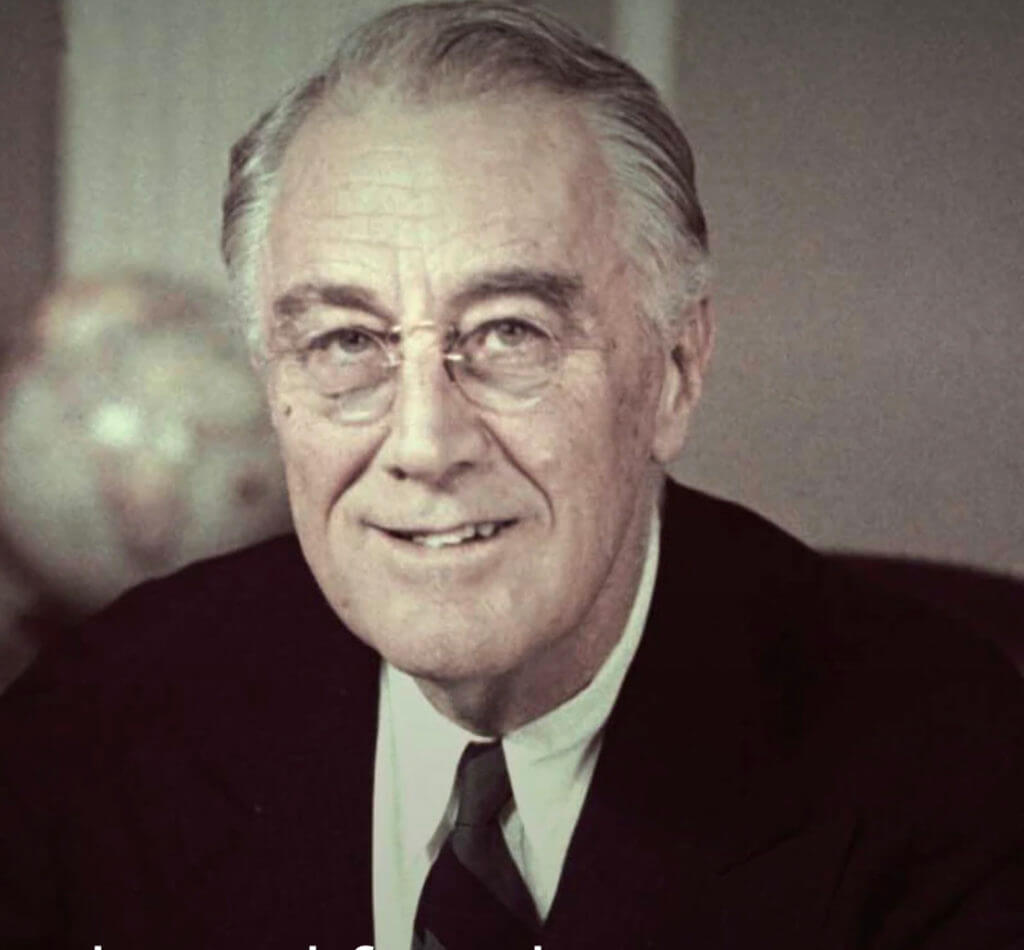
Franklin Roosevelt was an undeniably enigmatic figure. FDR ultimately served twelve years through some of the nation’s darkest history. His was the longest tenure of any American President in history.
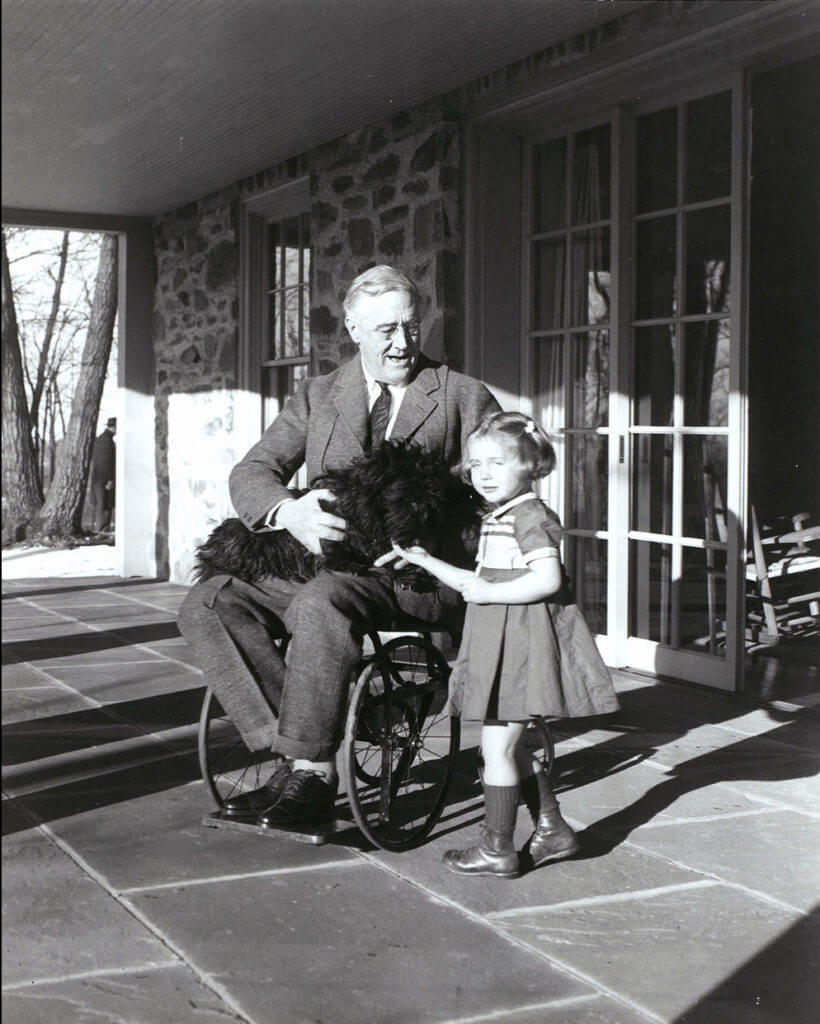
In the summer of 1921 at the age of thirty-nine, FDR developed a severe form of migratory paralysis. While his symptoms were attributed to poliomyelitis at the time, there has been some subsequent conjecture that it might have actually been Guillain-Barre Syndrome. Regardless, from that point forward FDR could stand and walk only short distances and that only with extreme difficulty. However, great pains were taken to avoid photographing him in his wheelchair out of concern for portraying an image of weakness during WW2.
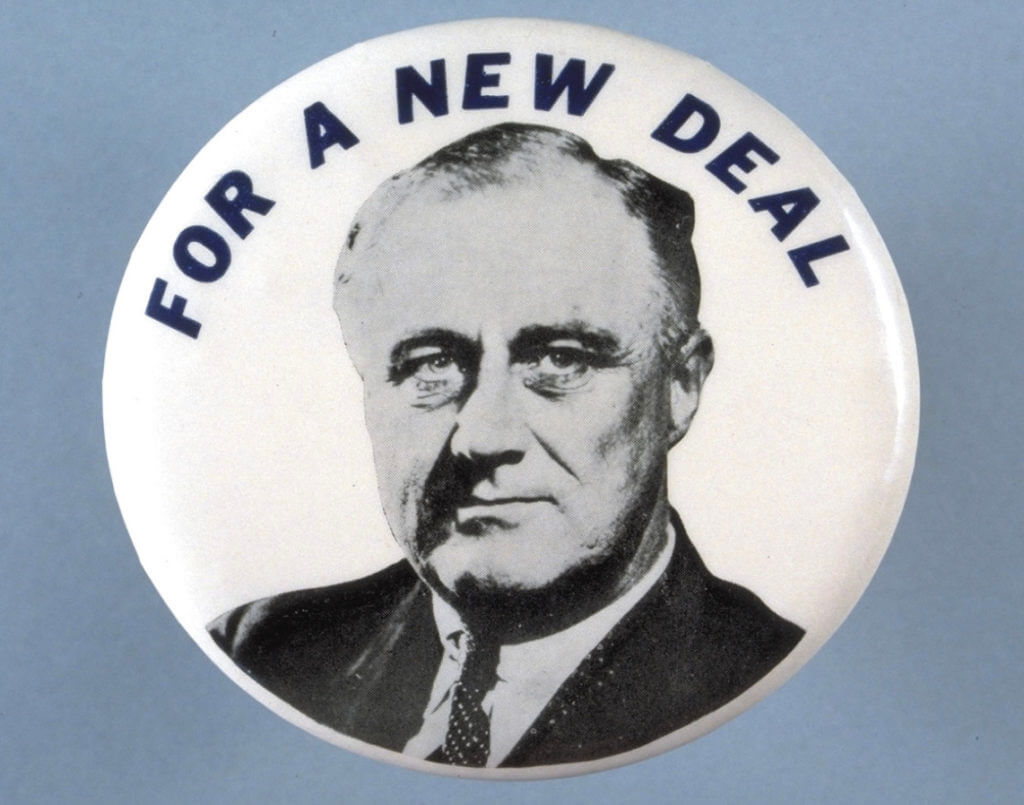

FDR’s New Deal consisted of two separate legislative overhauls that consolidated unprecedented power within the federal government. The Civilian Conservation Corps, the Agricultural Adjustment Administration, the Public Works Administration, the Social Security Administration, and the Federal Emergency Relief Administration were but a few of the massive new government agencies birthed underneath the umbrella of the New Deal. FDR was the initial architect of the Big Government solutions to societal problems so championed by the Left today. It all started here. However, that was a very iffy thing indeed.
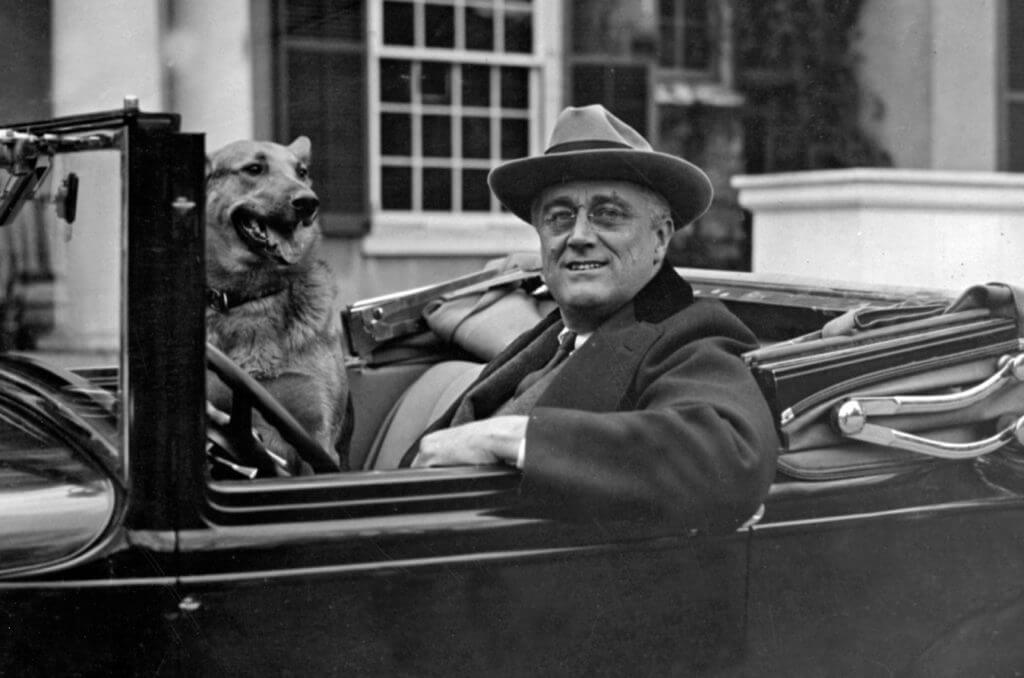
On February 15, 1933, President-Elect Roosevelt, the fifth cousin to former President Theodore Roosevelt, was seventeen days shy of his inauguration as the 32d President of the United States. He was in Miami, Florida, anticipating a cruise to clear his head prior to assuming responsibility for the country. Briefly detouring to the Bayfront Park neighborhood for a quick address to an assembled crowd of some 25,000 supporters, FDR gave an impromptu speech from the back of his green Buick. Surrounding the President-elect were ample straphangers to include Anton Cermak, the mayor of Chicago.
The Shooter
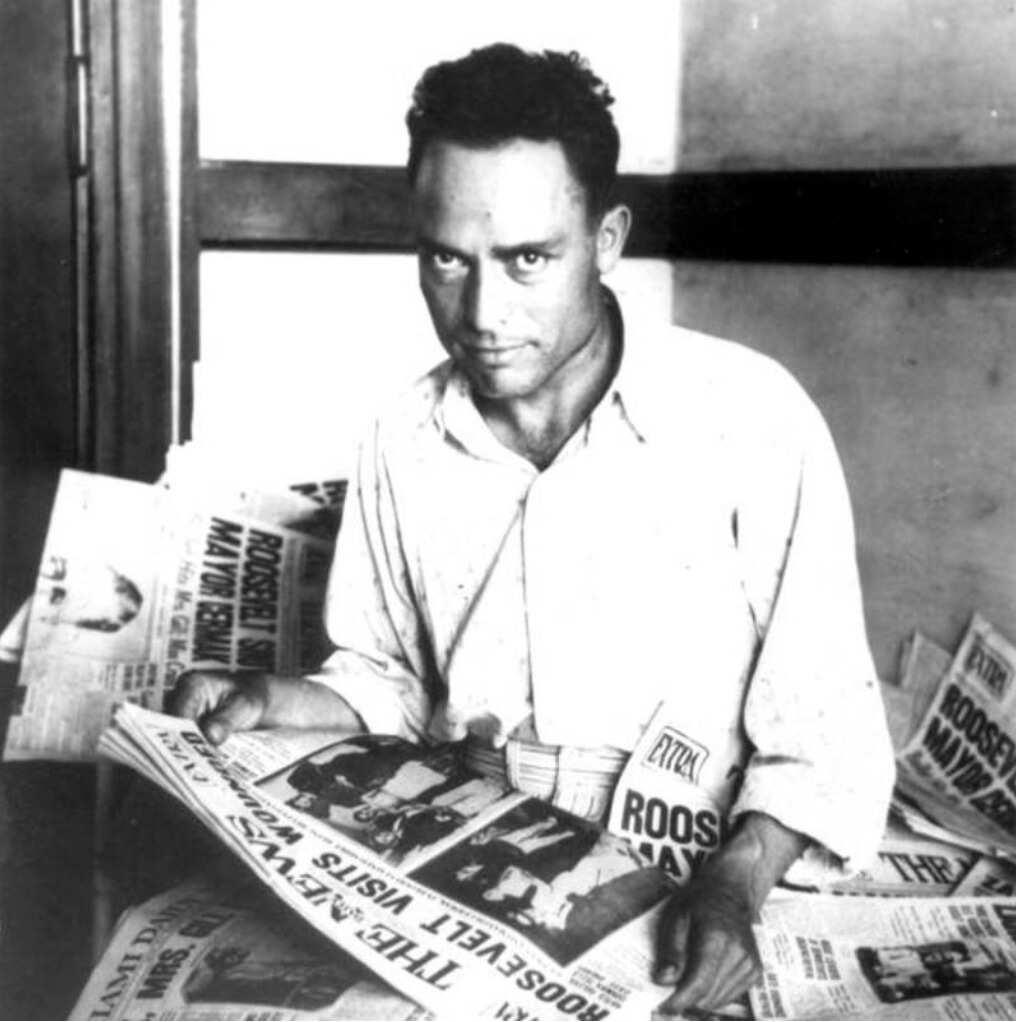
Giuseppe “Joe” Zangara was a man simply cursed. Born in Italy in 1900, Zangara fought in World War 1 before immigrating to the United States in search of a better life. He had worked at hard labor from childhood starting on his father’s hardscrabble Italian farm.
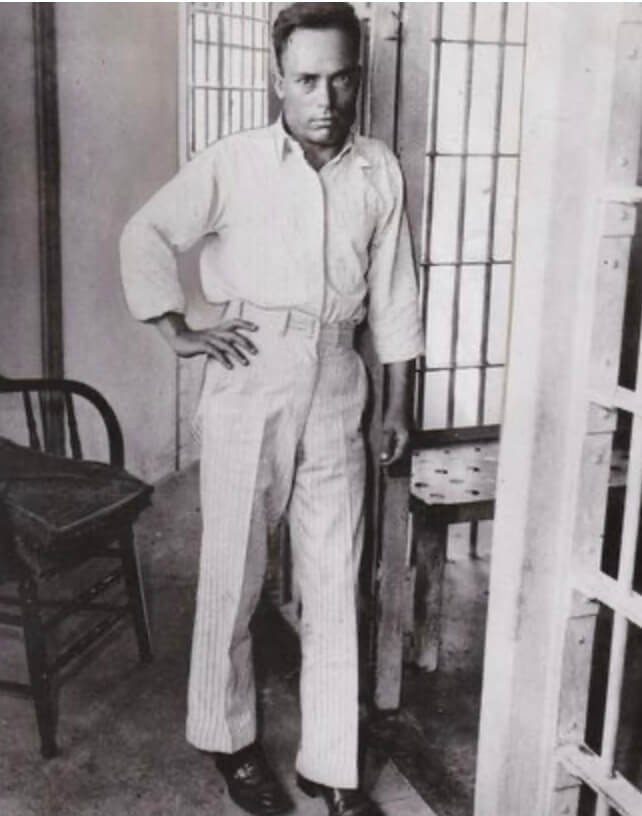
Zangara toiled as a bricklayer to make ends meet in the US and did well for himself through extreme frugality. He made $15 per week laying bricks and had by 1933 accumulated some $3,000. However, in the days and weeks leading up to February 15th, he lost his job and gambled away most of his savings betting on dog races.
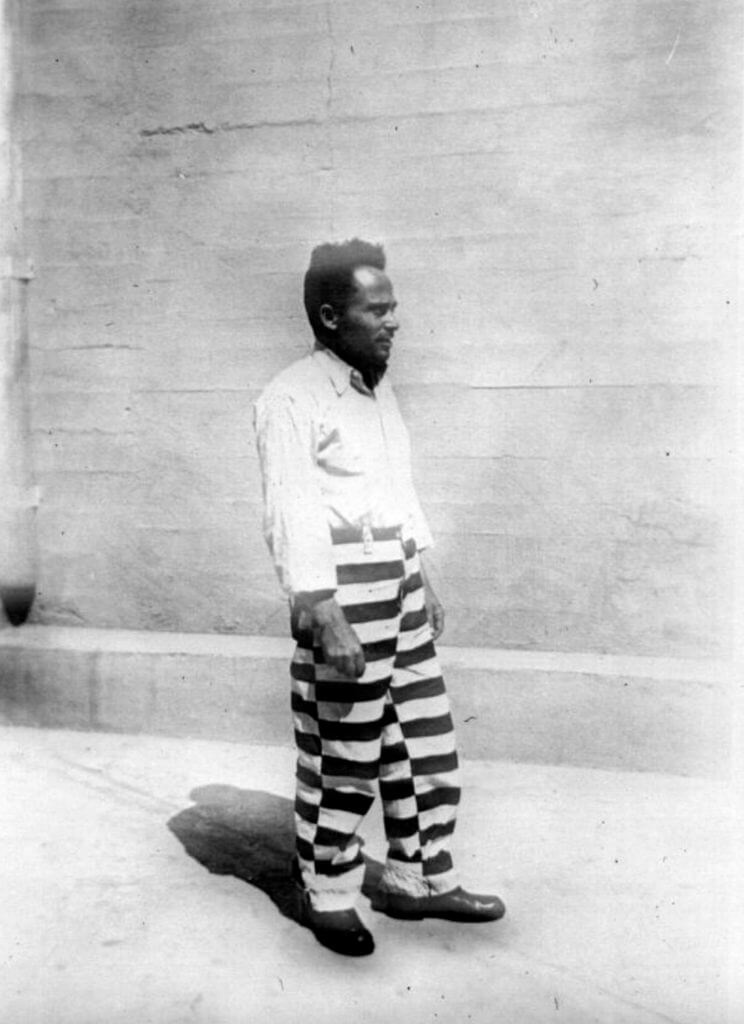
Additionally, Zangara suffered mightily from chronic belly pain beginning around age six. He had his appendix removed prophylactically, but that just made it worse. Post-mortem evaluation placed the blame on gallbladder adhesions. However, given the primitive state of the medical arts at the time, there was little to be done about that. He was therefore a chronically bitter and broken man.
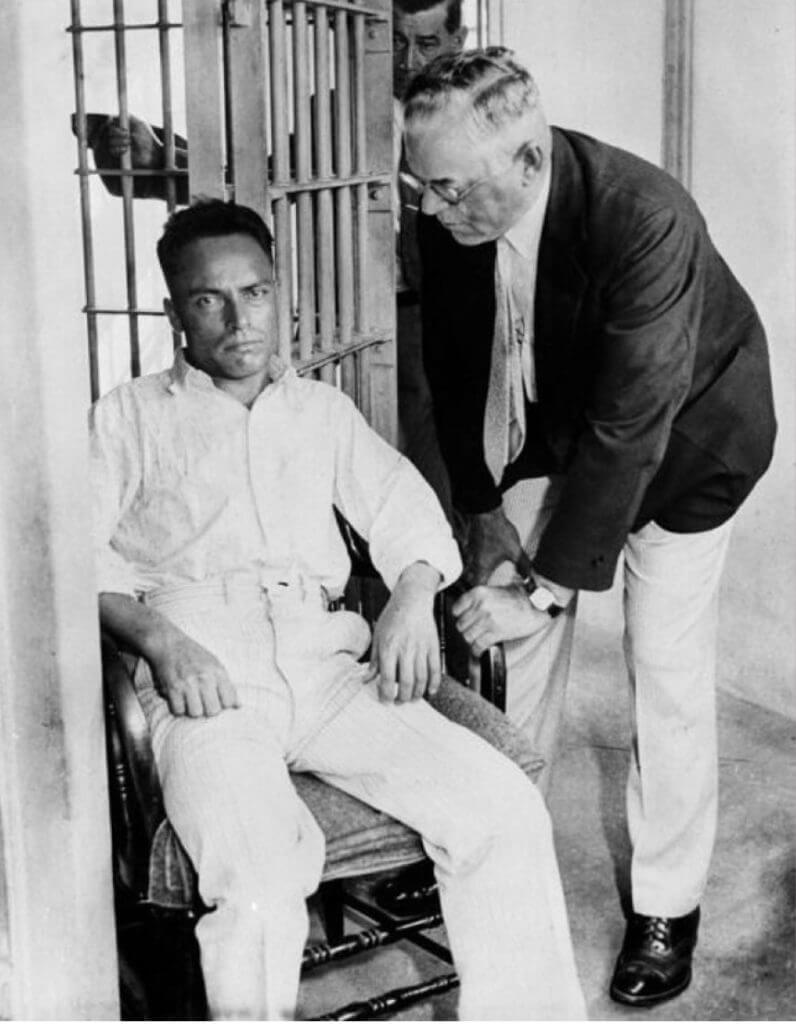
Giuseppe Zangara stood but five feet tall, and he blamed all of his myriad problems on capitalists and politicians. Though he apparently knew little about FDR, he held the newly-elected President responsible for his sordid state. A few days before the President’s visit, Zangara bought a five-shot .32-caliber revolver made by the United States Revolver Company from a local pawn shop for $8. That’s about $159 today. Zangara was later quoted as having said, “I don’t hate Mr. Roosevelt personally. I hate all elected officials and anyone who is rich.”
The Shooting
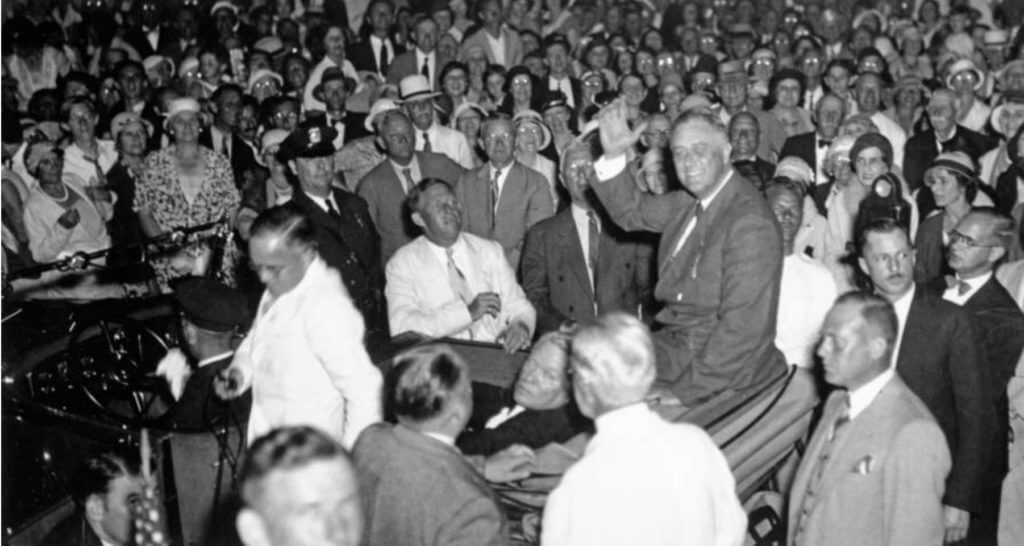
Zangara was in the third row some thirty feet from where FDR was speaking. However, given his diminutive stature, he was unable to see above the crowd to get a clear shot. As a result, he found an old rickety chair and mounted it to gain a better vantage. He teetered atop the chair behind a woman named Lillian Cross. Zangara then shouted, “Too many people are starving!” produced his tiny pistol, and opened fire.
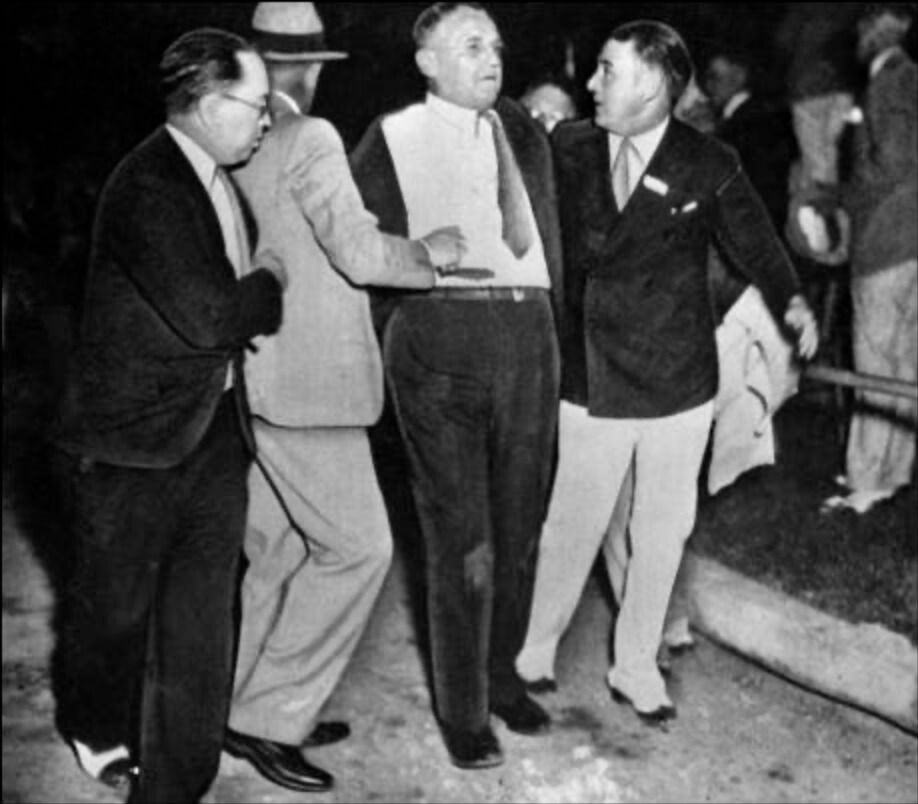
After the first shot, Ms. Cross struck Zangara’s arm, throwing his aim wide. The Chicago Mayor Anton Cermak caught a round to the lungs. Another shot hit Mrs. Joseph Gill, wounding her badly. Follow-up rounds struck Russell Caldwell, Margret Kruis, and a New York Detective named William Sinnott. President-elect Franklin Roosevelt was unhurt.
The Gun
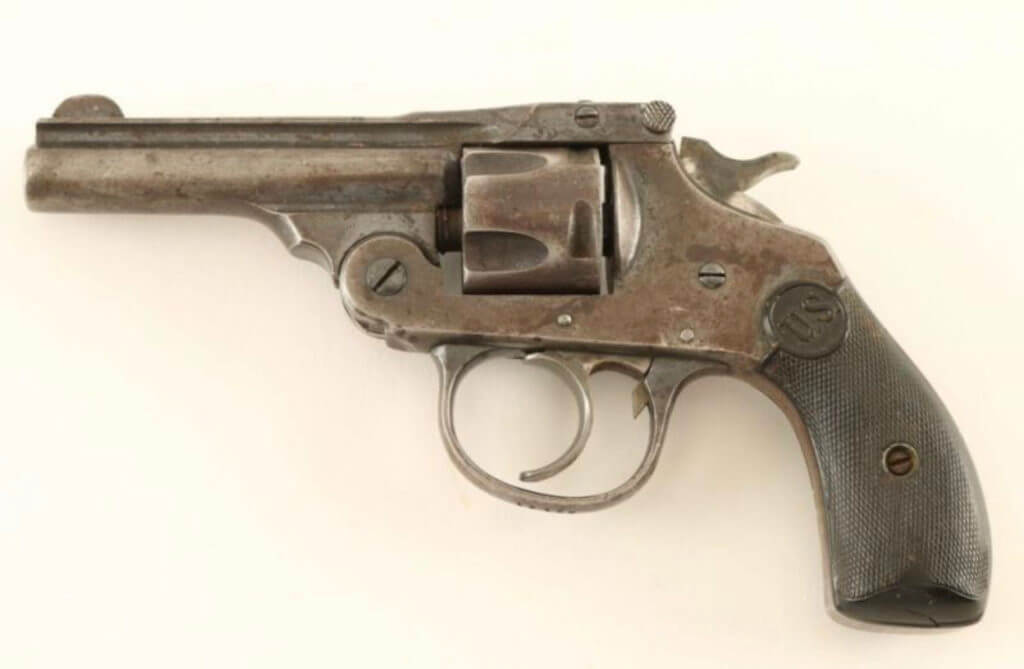
Zangara’s .32-caliber handgun was likely an inexpensive 5-shot top-break design. The United States Revolver Company was a subsidiary of Iver Johnson. Johnson was a Norwegian-born gunsmith who started the Iver Johnson Gun Company in 1871. The company operated out of Fitchburg, MA, and employed O.F. Mossberg. Mr. Mossberg ultimately went on to form a familiar gun company of his own.
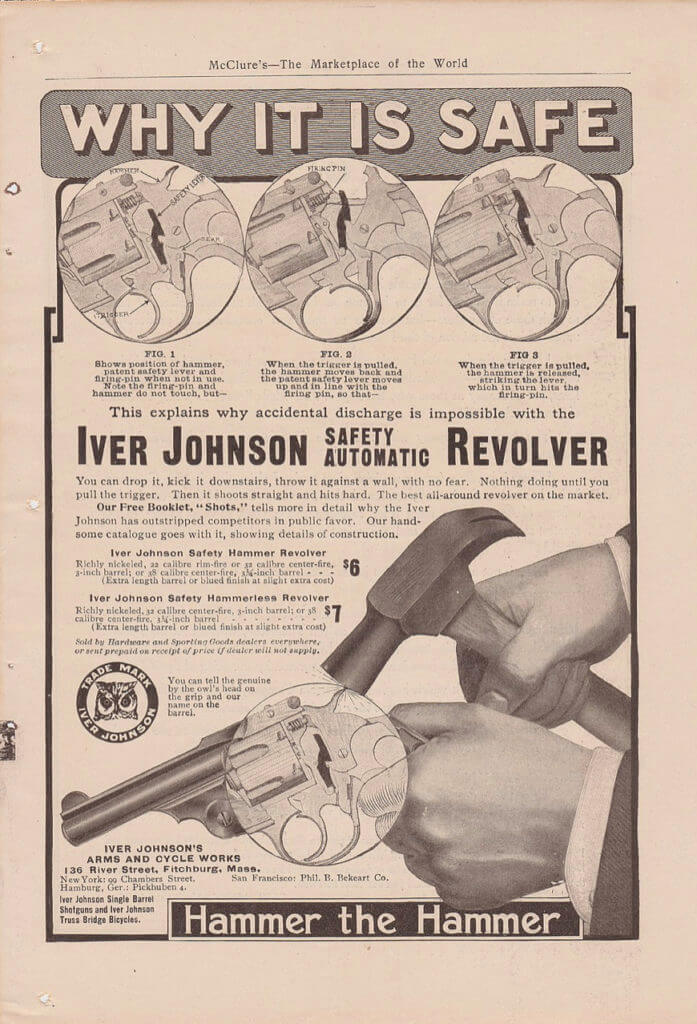
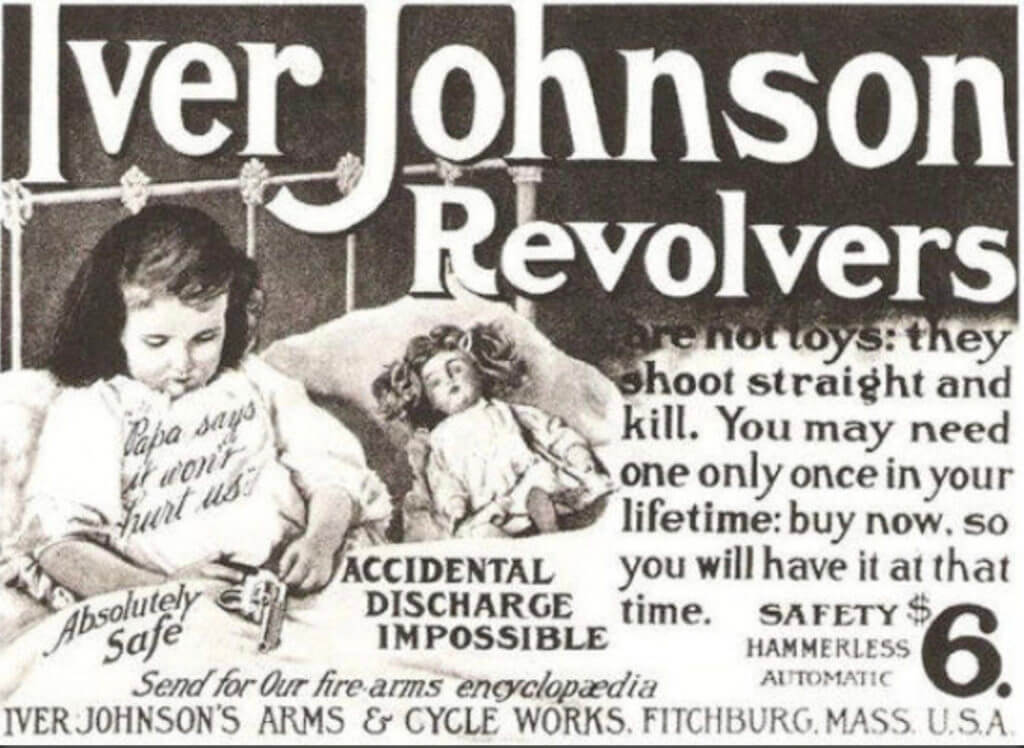
These little pocket pistols were known for their top-latching mechanism and the “Hammer-the-Hammer” ignition system. This was an early transfer bar safety system that prevented the gun from firing accidentally without the trigger having been pulled. Similar designs are commonplace among revolvers today.
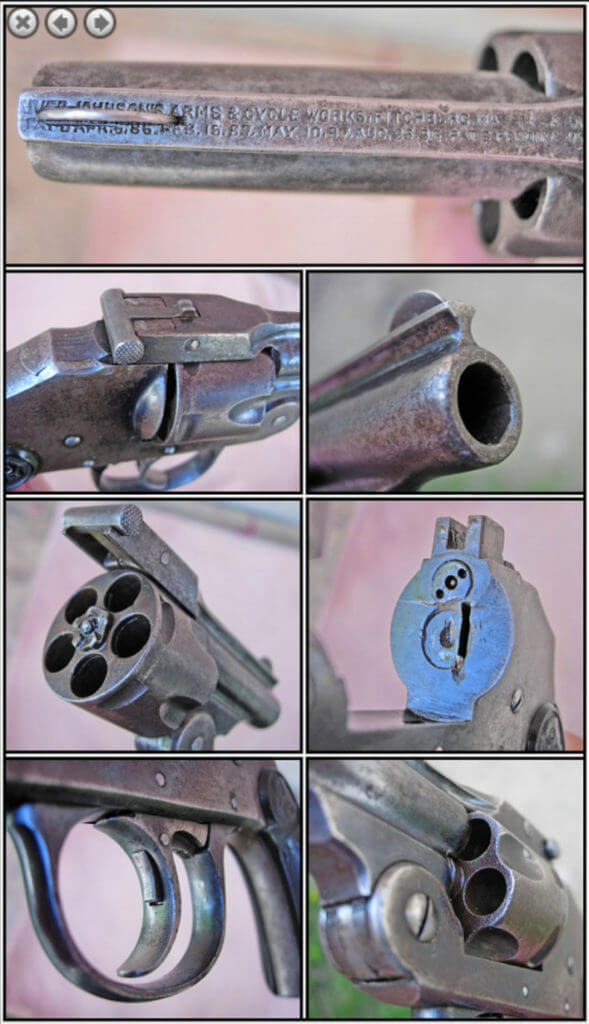
The sights on this pistol are uselessly small. Breaking the top latch free allows the gun to open up and kick out its empties via an automatic ejector. My copy is indeed compact, handy, rugged, and comfortable.
The Rest of the Story
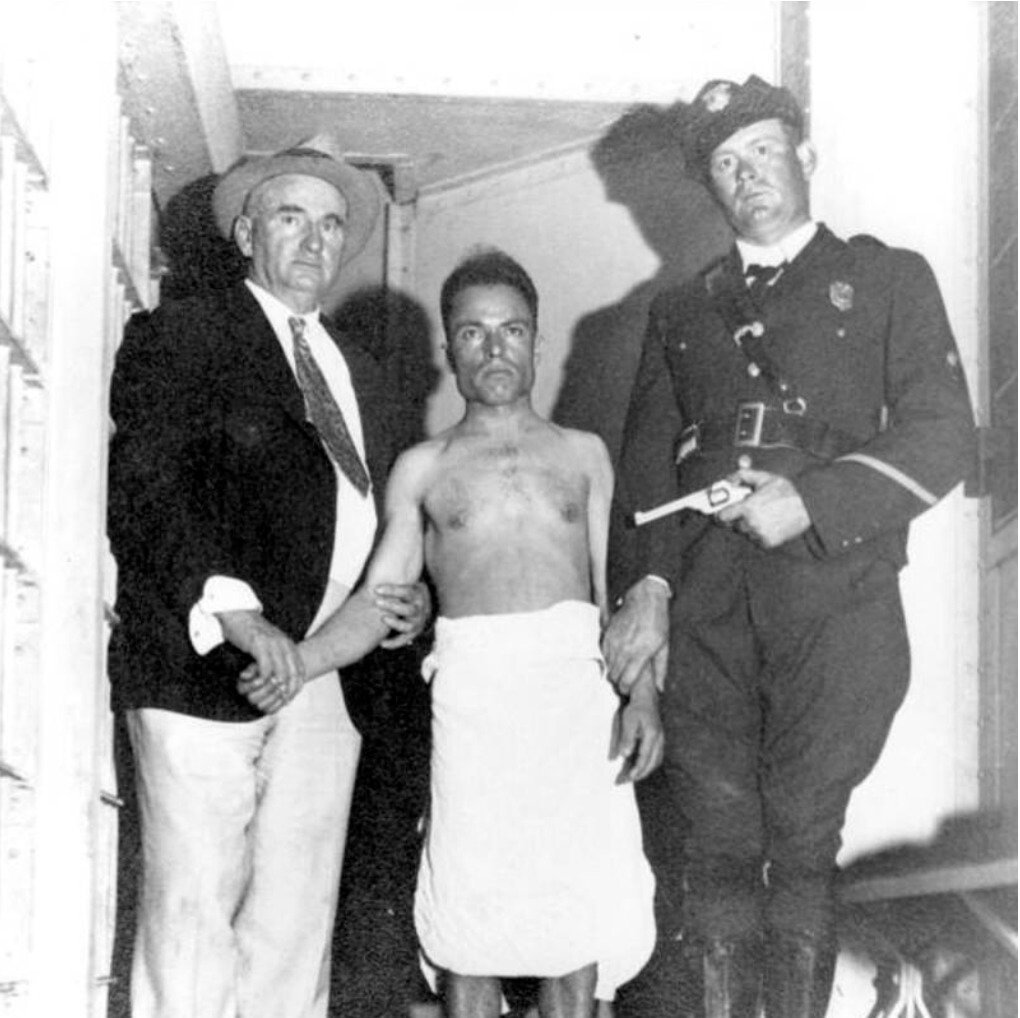
The crowd threw themselves on Zangara, threatening to dismember him on the spot. Only through personal intervention by Roosevelt were they prevented from beating him to death. A nearby policeman smacked Zangara with a sap, and he was taken into custody.
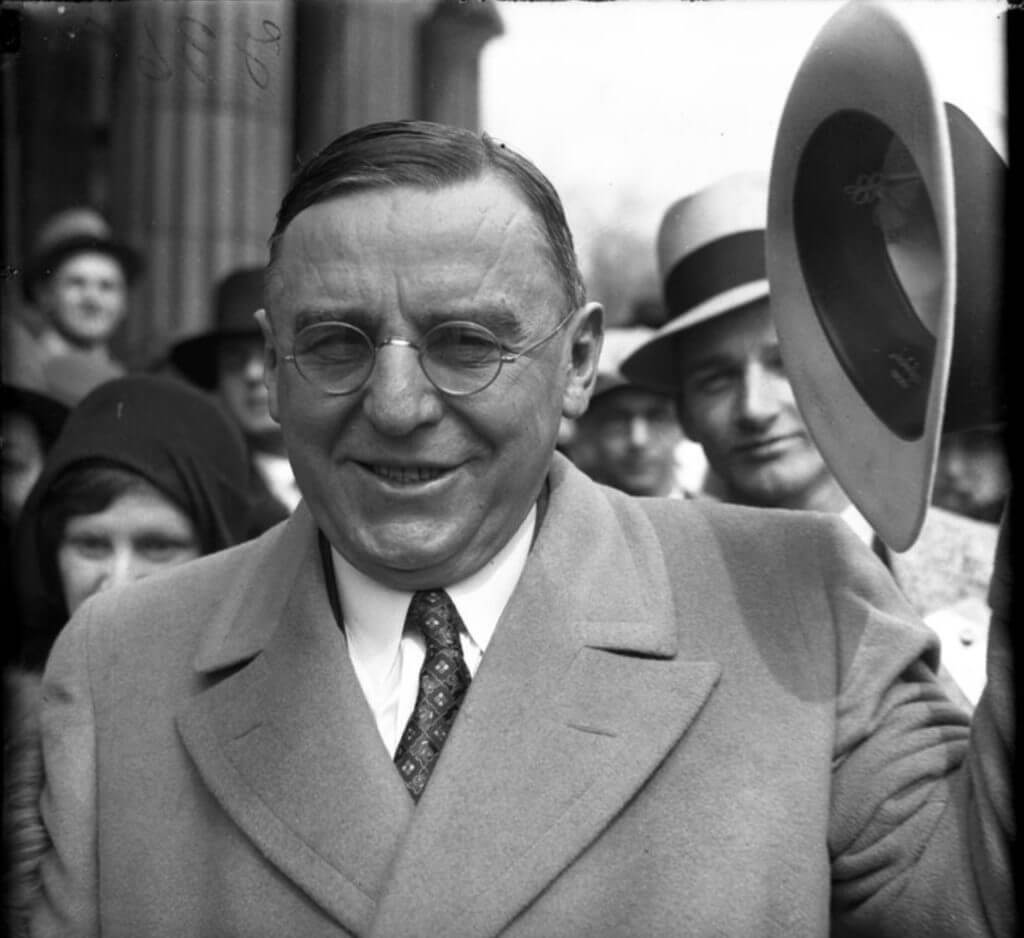
The Secret Service transported Mayor Cermak to the hospital in the green Buick, Roosevelt cradling him as they sped along. Cermak purportedly stated, “I’m glad it was me instead of you.” This is inscribed on his tombstone today. However, modern scholars suspect the report of such terminal gallantry to have been apocryphal.
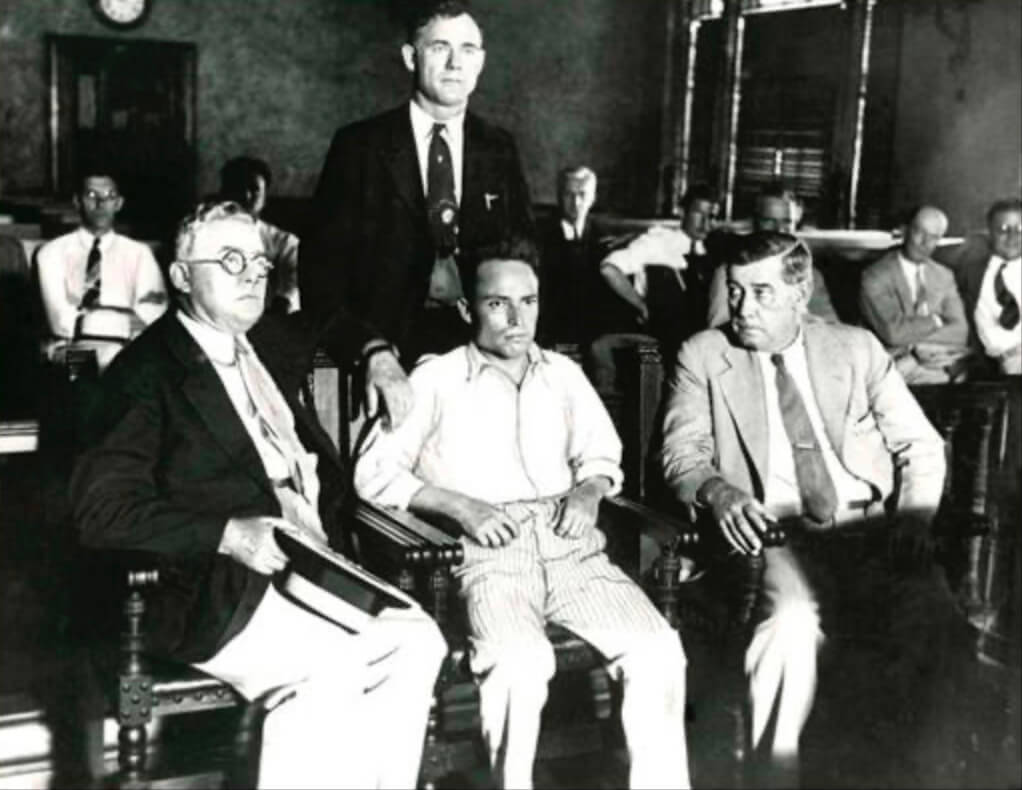
The wheels of justice were a bit better lubricated back then. Zangara pled guilty to four counts of attempted murder at the Dade County Courthouse and was immediately sentenced to 80 years in prison. He taunted the judge as he left the courtroom suggesting perhaps it should be an even hundred. However, on March 6, 1933, two days after FDR’s inauguration and twenty-one days after the shooting, Anton Cermak died of sepsis. The charge against Zangara was then upgraded to murder in the first degree. He pled guilty to this as well and was sentenced to death in the electric chair.
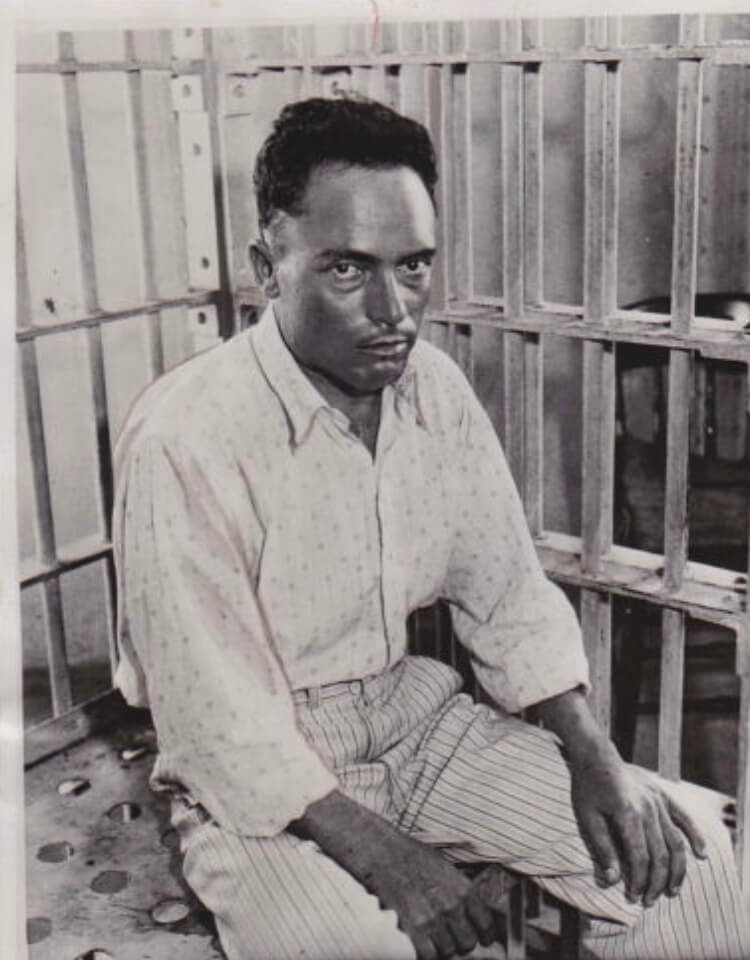
At this time folks didn’t linger awaiting their appointment with Old Sparky. However, there was already one man ahead of him in Florida. As such prison officials expanded the single pre-execution holding cell to create the state’s first Death Row to house the two condemned men. Zangara languished there an aggregate of ten days.
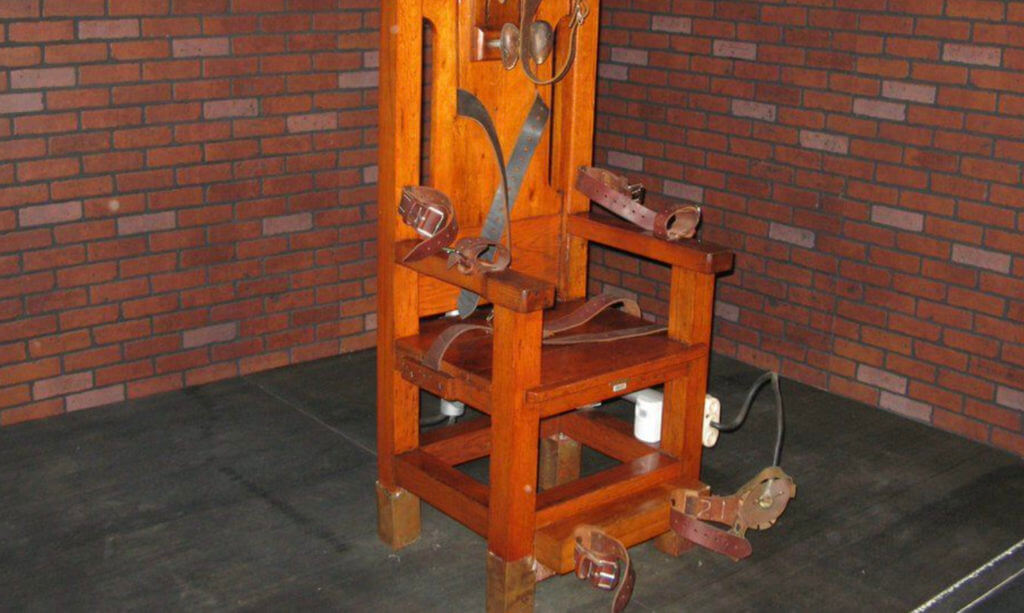
On March 20, 1933, a mere thirty-three days after the shooting, Joe Zangara was strapped into the chair. His final words were, “Viva l’Italia! Goodbye to all poor peoples everywhere!… Push the button! Go ahead, push the button!” Witnesses said the words came out as “Pusha da button!”
Conspiracy Theories
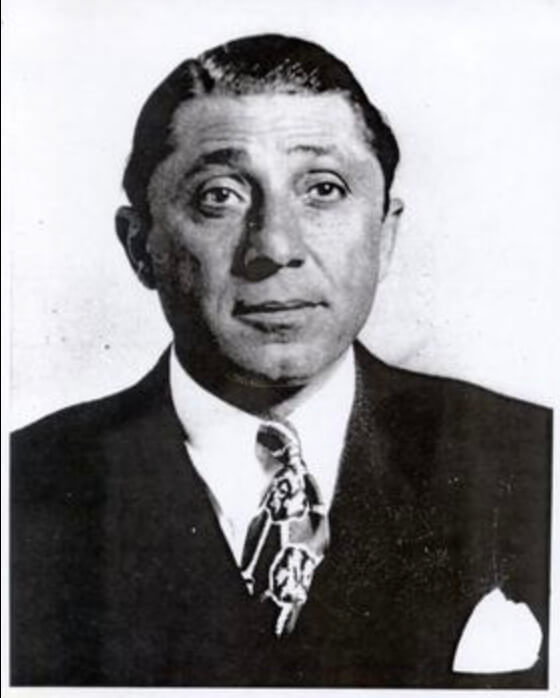
Despite not having the Internet to feed the inevitable lunatic fringe, then as now folks’ imaginations occasionally got the better of them. As mayor of Chicago, Anton Cermak naturally had a nexus to organized crime. The exploits of Chicago gangsters captured the imagination. It was then postulated that Zangara might actually have been in the covert employ of Chicago mob boss Frank Nitti who had staged the whole assassination attempt as a cover to waste Mayor Cermak.
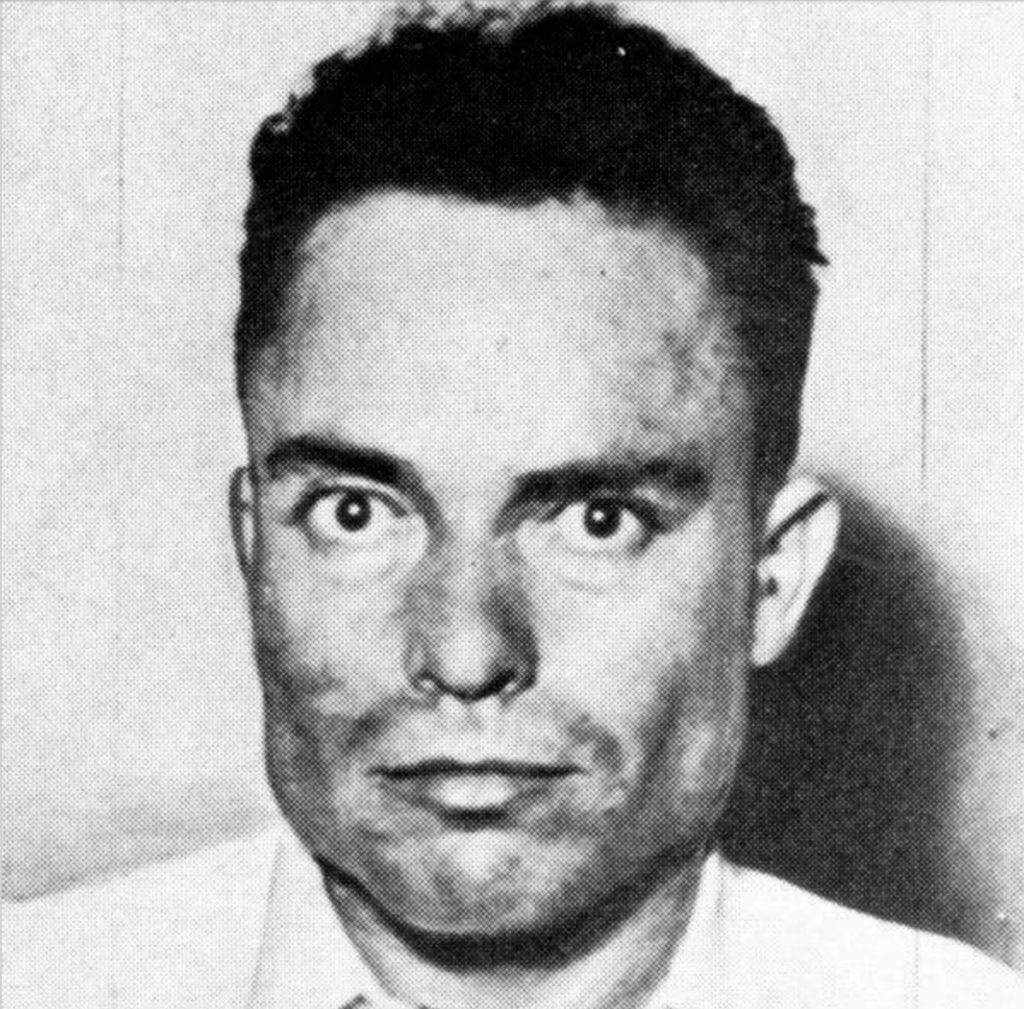
Subsequent scholarship stretching into the 21st century reliably indicates that Joe Zangara’s story was actually just as simple as it seems. He was poor, down on his luck, and angry. FDR was apparently just a handy target upon whom to vent his frustrations.
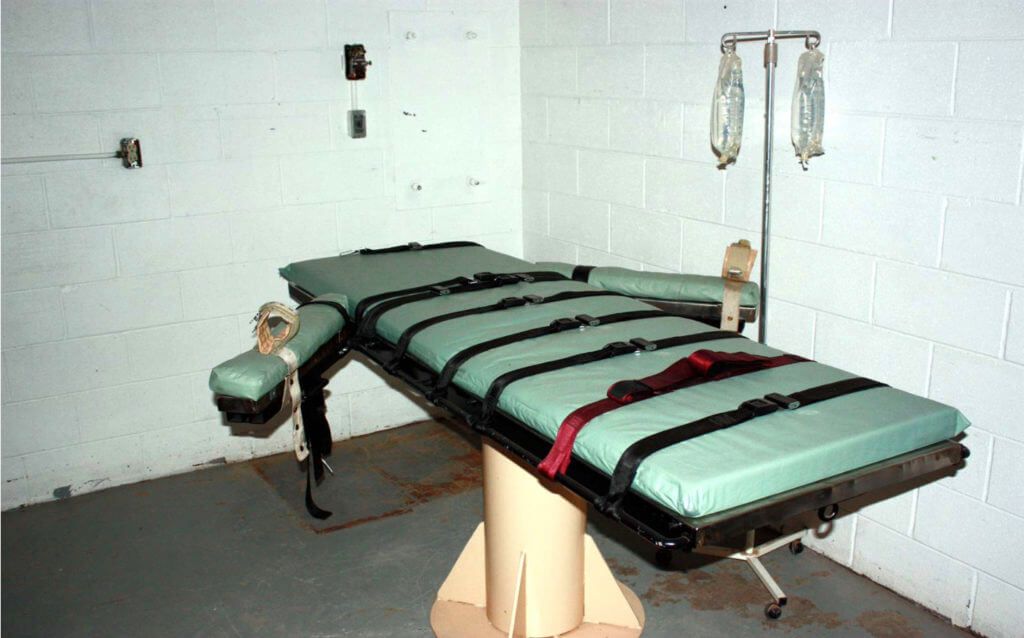
Giuseppe Zangara died in the electric chair just one month after he pulled the trigger. The average stay on death row in America today is fifteen years. Unlike today, the expeditious death penalty back then was an effective deterrent to crime.

It is thought-provoking to imagine how the world might have been different had Giuseppe Zangara connected with his intended target that day. On June 26th of the following year, FDR signed the National Firearms Act of 1934. This legislation established the National Firearms Registry and Transfer Record, subjecting machineguns, short-barreled weapons, and sound suppressors to registration and a $200 transfer tax. FDR also laid the foundation for most of the Left-wing big government that was to follow. AOC is his heir apparent today. FDR’s inspirational leadership also ably carried America through World War 2. However, sometimes the most profound stuff turns on the smallest things, like an old wobbly chair and a really short angry man.

That break top looks a lot like a S&W #3 including the awful sights.
It’d be supremely interesting to see an alternate-universe world where FDR was not in the picture to muck-up the U.S. and the rest of the world with his agendas.
Todd.
“If you didn’t work, you just went hungry. In 1933 the national unemployment rate hit 24.9%. By contrast, on the heels of the worst planetary pandemic in a century US unemployment hovers around 6% today. We really have no idea.”
That 6% today does not reflect the true number of those out of work. That number is a massaged amount based on folks who receive unemployment pay, something non-existent in 1933. The 24.9% is more accurate, and as a son of parents who were adults during the Great Depression, my dad’s first tour in the Navy lasting from 1926-33, I paid attention and learned alot about not being in debt, and things that are important to have, and things to avoid. That knowledge is something many today languishing in debt of all types, and a government that is hopelessly loss in debt, will be paying the price for in not heeding. It will probably be taking the rest of us down with it at some point.
I can understand anger, especially at FDR, for plenty of reasons. He said he had nothing against FDR personally, only that he was rich and a politician. I don’t understand being angry with the rich. If you don’t like them so much, stick to your twisted ideology and don’t work for them. I’ve never had a job from a poor man. I’m pretty happy folks have been successful and provided me employment.
I learned a lot reading this article, quite a few big words I had to look up. My late Father wasn’t a big FDR fan, and voted Republican until He died, then He voted democrat. In the one picture of zangara in his towel, the Police Officer on his left looks as if He’s holding a break top also, I have a small H&R and I.J. collection of these break tops in the almost impossible to find .32 short, They’re pretty much a curio since ammo is hard to find. I really like the hammerless belly guns, really small and compact for a revolver, My hand fits perfectly with a 1911, these little break tops have a small grip area, I can just get three fingers around it.
Zangara was later quoted as having said, “I’ma no hatea Mr. Roosevelt personally. I’ma hatea all elected officials anda anyone who isa richa.”
There, fixed it for you…
Thank you sir for another fine article. You are correct about most of us in America not understanding real hunger what with food stamps, vouchers and food pantries. My mother lived through the Great Depression and hunger literally meant there was nothing to eat.
I have to disagree though with your statement about FDR’s inspirational leadership through WWII. 7 million Jews needlessly were murdered because of being sold out by the US,UK and the Catholic Church. Terrible blunders we’re made by the US and UK at Yalta that spawned the murder of further innocents by Stalin and a Cold War we are still fighting.
If I recall correctly, FDR also gave us the terrible fiat system we are oppressed by now.
In my opinion FDR is in the bottom five of terrible presidents we’ve been cursed with.
Although I’ve stated some beliefs that may be different than yours, I always derive great pleasure in reading your well written and researched stories. Thank you sir!
Thanks for another great article, Will. If American citizens could have foreseen the consequences of FDR’s socialist programs, I doubt he would have been so popular. My Grandfather worked for the WPA and was glad for the extremely meager wage. As we know only too well now, the government programs never really go away… even after they’re no longer needed. The unspoken mantra is “Make the people slaves of government!”, instead of the opposite.
Nice photo of the bridge at Tishomingo SP. The trails on the far side of the bridge are among my favorite. Nice rock outcroppings and the highest concentration of “lighter” or “fat” pine that I’m aware of in the state.
As an American of Italian extraction I can relate how angry the males of my species can get. I can certainly understand why Zangara hated the rich although the way he expressed his anger is stupid. It was the Government along with the Wall Street robber barons that created the Great Depression in the first place. Turning to a turd like FDR to fix anything has proven by history to be nothing but folly. His policies actually prolonged the depression and created the circumstances that brought us WW2. By design? Nah…Democrats wouldnt bring about expansion of big Government, alphabet agencies that violate the Constitution and lack of any compassion for the American people. That could never happen again……..
You are 100% correct, except for “Nah…Democrats”, It’s actually NA..ZICRATS. Tim.